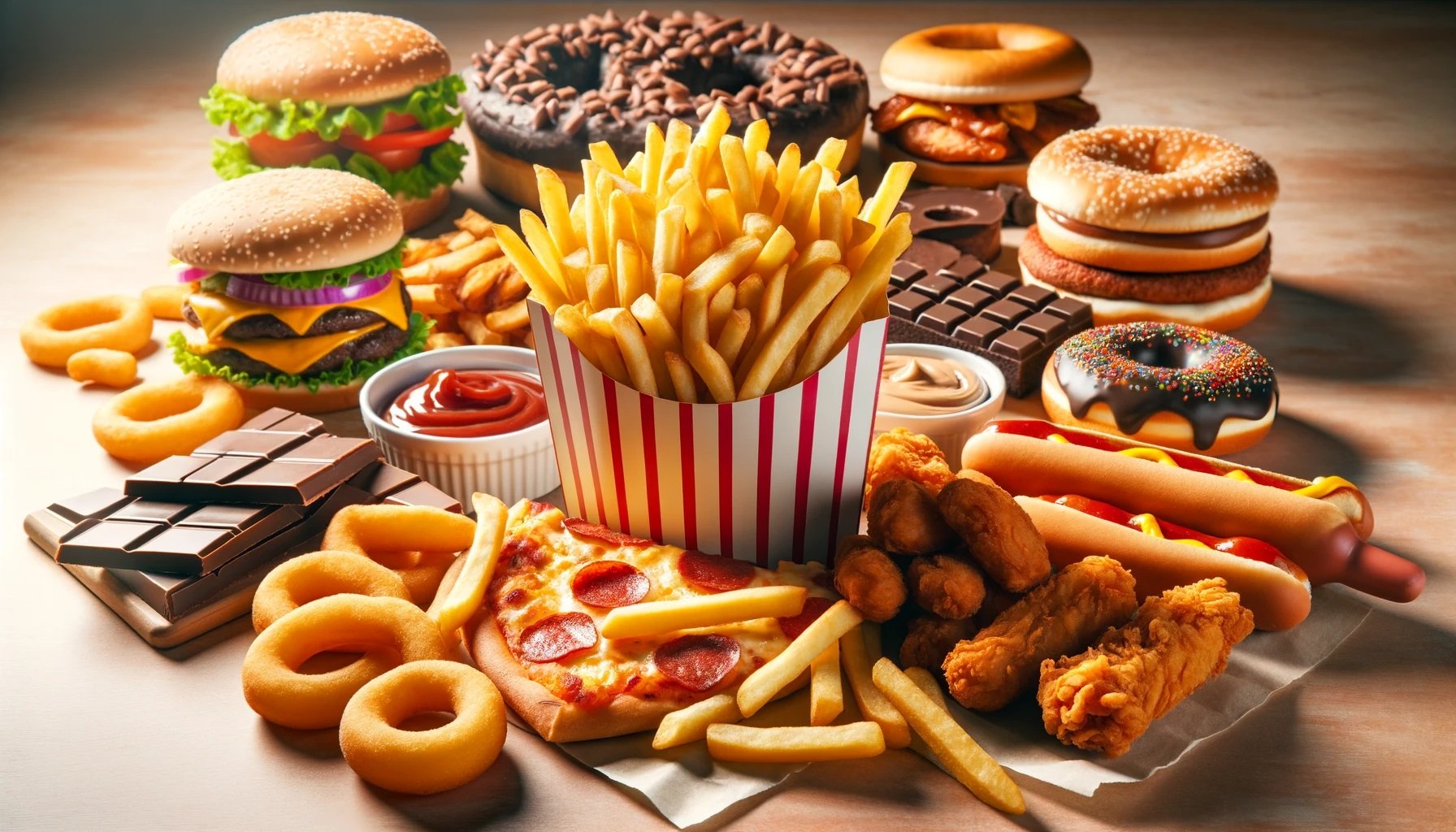19 Foods To Avoid
Conscious Eating and the Dangers of Misleading Food Marketing
Food is a fundamental part of our lives, providing the necessary nutrients to sustain us. However, in today's world, being mindful of our food choices has become increasingly important. The abundance of health and diet information can be overwhelming, and it's easy to be swayed by the pervasive marketing strategies of the food industry. Food marketers often use clever tactics to promote packaged foods, which may not always align with healthy eating principles.
Understanding the Misleading Labels Trend
In recent years, a significant trend in food marketing has been the use of labels such as "natural," "low fat," or "low sugar" on food packaging. This strategy is particularly common in products like candies, which are inherently high in sugar. By labeling these items as low in fat, marketers give the impression of a healthier choice, which can be deceptive. Consumers, aiming to make healthier decisions, might be misled into choosing these high-sugar items under the guise of them being a better option. This trend highlights the need for consumers to be more critical and informed about the products they choose, looking beyond the labels and understanding the true nutritional content of their food.
Moderation: The Key to Healthy Eating
One of the fundamental principles of healthy eating is moderation. It's a common misconception that certain foods must be entirely eliminated from our diet to maintain health. However, food experts advocate for a more balanced approach. Completely restricting specific foods can lead to increased cravings and potentially unhealthy eating habits. It's crucial to enjoy a variety of foods, including those that are often considered less healthy, but in moderation. This approach not only helps in maintaining a balanced diet but also in developing a healthier relationship with food. Monitoring food intake and being mindful of portion sizes are essential aspects of this practice. Seeking advice from a dietitian can provide personalized guidance on how to implement moderation in your diet effectively. A dietitian can help you understand your nutritional needs and develop a sustainable eating plan that includes occasional indulgences, ensuring a balanced approach to nutrition and overall well-being.
